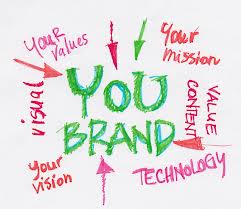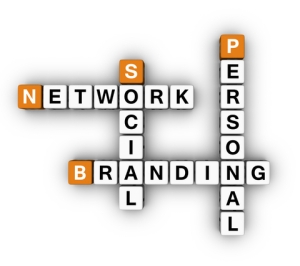Working in marketing and communication for almost half my life, I have seen plenty of cringe worthy moments online. Dominos video prank. Paula Deen. The list can go on. Some recent cringe worthy moments from this past week’s VMAs reminded me that sometimes adults and students alike have trouble understanding the impact of their actions on their personal brand and online presence. Well for that matter in real life. All of us, regardless if we a recent graduate or a seasoned professional, can learn to manage our personal brand online better.
Who are these Millennials?
But for some adults who work with students, both in college and high school, they already know that social media and students are ubiquitous. They are hyper connected. Ask any college or university about the amount of traffic their students generate on social media. Bad day in the commissary, everyone on social media will know about it. Not happy about the residents halls? Don’t worry, your students already created a Tumblr page about it.
 Some fun facts about today’s students who are a part of the demographic called “millennials.”
Some fun facts about today’s students who are a part of the demographic called “millennials.”
- As a teacher or boss, you are more likely to get a text from this student rather than having a conversation with them. And from her point of view, text is so much faster. This is supported by a recent Pew study, 56 percent of millennials think technology helps people use their time more efficiently.
- Millennials send about 20 texts per day. (Pew Social Trends)
- 80 percent of millennials sleep with their phones next to their beds. (The Millennial Generation Research Review)
- “The Future of Education” study by Millennial Branding found almost 53% of students polled agree that “online colleges are a reputable form of education,” but only 43% think an online classroom can match or surpass the quality of a traditional one.
- Read the other stats Digiday pulled together
Social Media and Students: What You Type Today is Permanent
But, with students using social media sites for both personal and school, digital presence is increasingly important as they move from school to full-time employment. Even though these students live in the “now”, they can’t forget what they have posted in the past. It will catch up with them. Harvard Business Review wrote an article back in 2012 that highlights the growing trend of recruiters and hiring managers are relying heavily on the Internet to research candidates for employment. Multiple studies show convincingly that more than 75% of employers actively research candidates online. So, your partying pictures that may be “so sic” may not be to your future employer.
With this in mind, here are some tips to manage your personal brand online:
1) Your digital footprint lives permanently online. Here’s a fun activity: “Google” yourself and see what comes up. Even more fun select images associated with your name for bonus. Many times students don’t realize that photos they post to their blog or online in general can show up in results. Peter Shankman said it best; “it is no one else’s fault if your personal brand isn’t how you want it to be. It’s not Facebook, Twitter, Linkedin’s fault.”
2) Think first before your type. It is very easy to send of a tweet about how much you hate school, how unfair your teacher or boss is, etc. But those posts or tweets live on long after you hit send. I am not saying you can’t vent, but rather be cautious.
3) Set Your Privacy Settings. This maybe obvious to you, but some students don’t every think about changing their setting. So scary. You should not share sensitive info on the interweb.
4) Connect the Dots. As an educator or mentor, be very clear on how inappropriate or hurtful language is a representative of the individual. This is good advice regardless if you are in high school or a working professional. Your brand is what is reflected in your words, images, and work. This does not stop once you leave work or the school bell rings. This is a hard lesson for most students so help them help themselves by connecting the dots. If you are an educator, you can perform a fun activity by having the students research celebrities and identify what they are “known for.” Using those descriptive words, have the students then identify their own words to describe themselves based only on their digital presence. How they are perceived in their day-to-day interactions may be different than what is reflected online.
5) Help build a positive social brand. Personal branding, by definition, is the process by which we market ourselves to others. Dan Schawbel, author of Me 2.0, describes how people can leverage the same strategies that make these celebrities or corporate brands appeal to others. Branding tip: whether your posting on social sites or interacting with other students passing through the halls, your words, actions, and behaviors represent you at all times. One bad mishap can have a ripple affect.
While I wrote this in mind for students anyone who wishes to have a better brand should use these tips to monitor their brand. You are what you type.
(Note: Generation Y, also known as the Millennial Generation, are the demographic cohort following Generation X. There are no precise dates for when Generation Y starts and ends. Commentators use beginning birth dates ranging from the early 1980s to the early 2000s).
Rachel DiCaro Metscher, director of advocacy and communications for Hobsons, has worked with many organizations to build their communications and marketing programs, including Fannie Mae, American Psychological Association, and The Princeton Review. Currently, Rachel is responsible for Hobsons’ external communication programs, which include public relations, brand, website, and social media.





